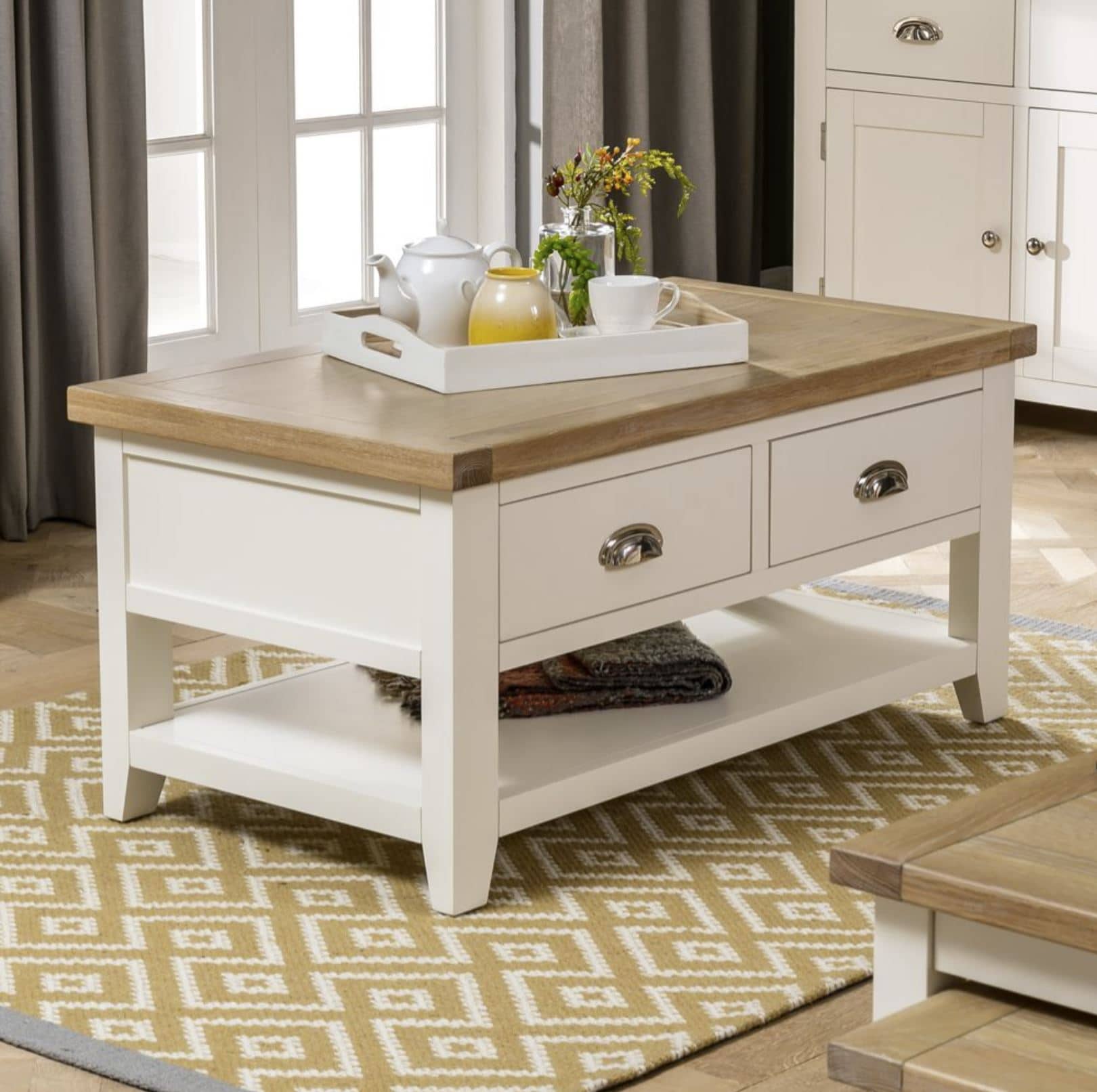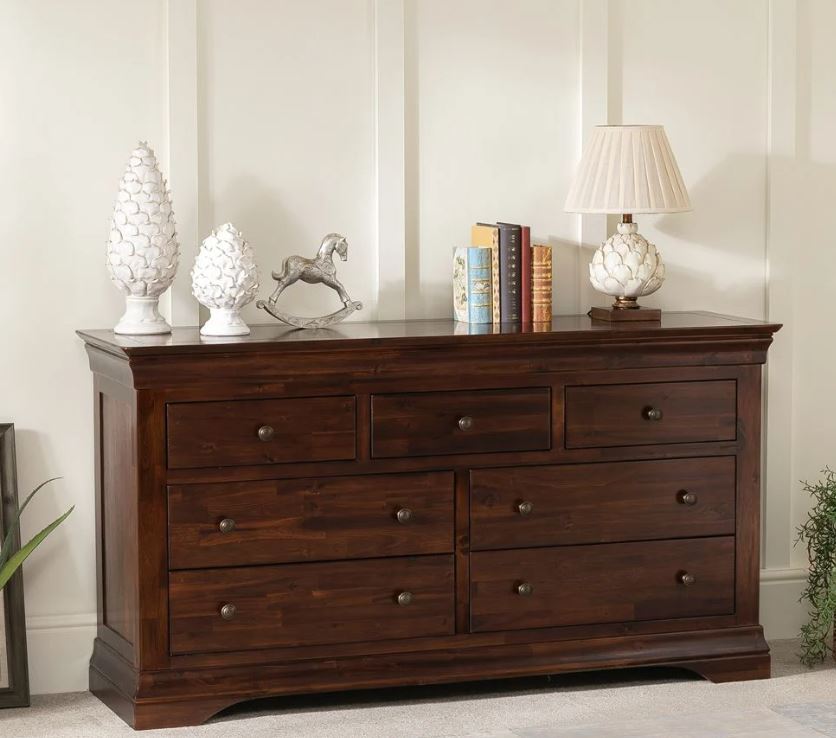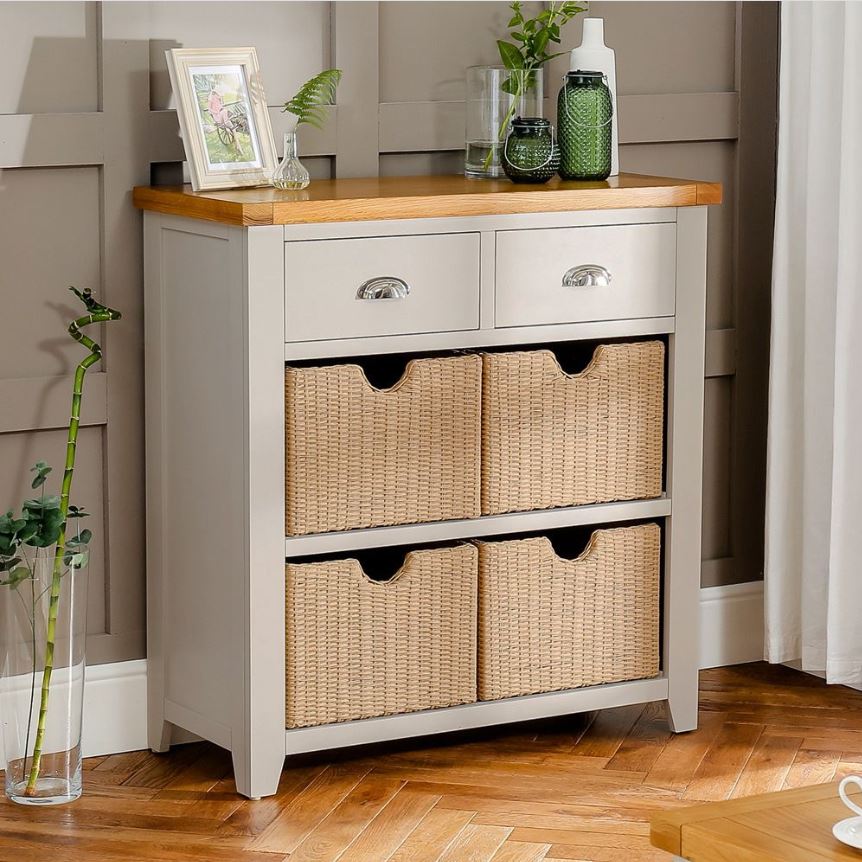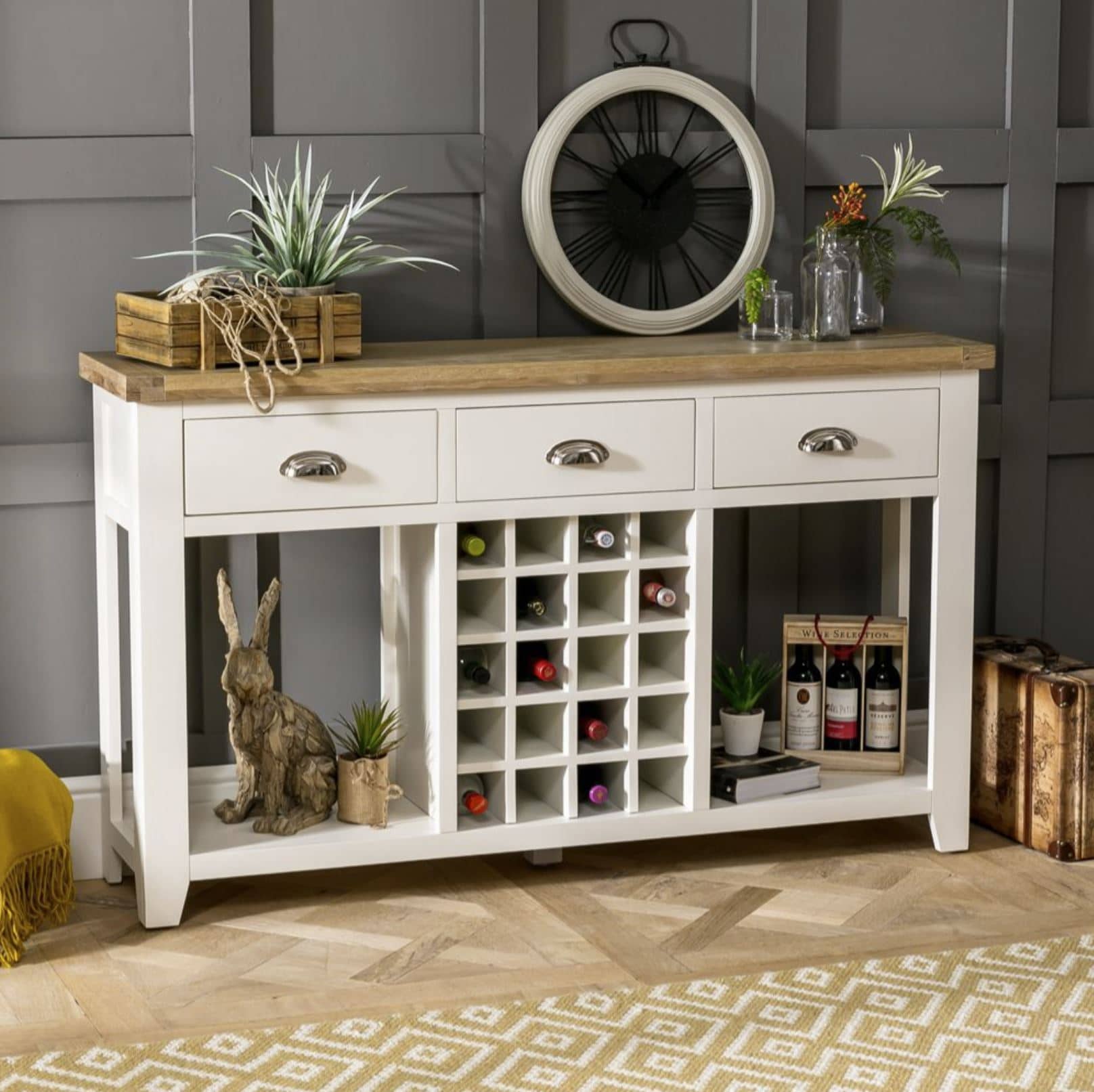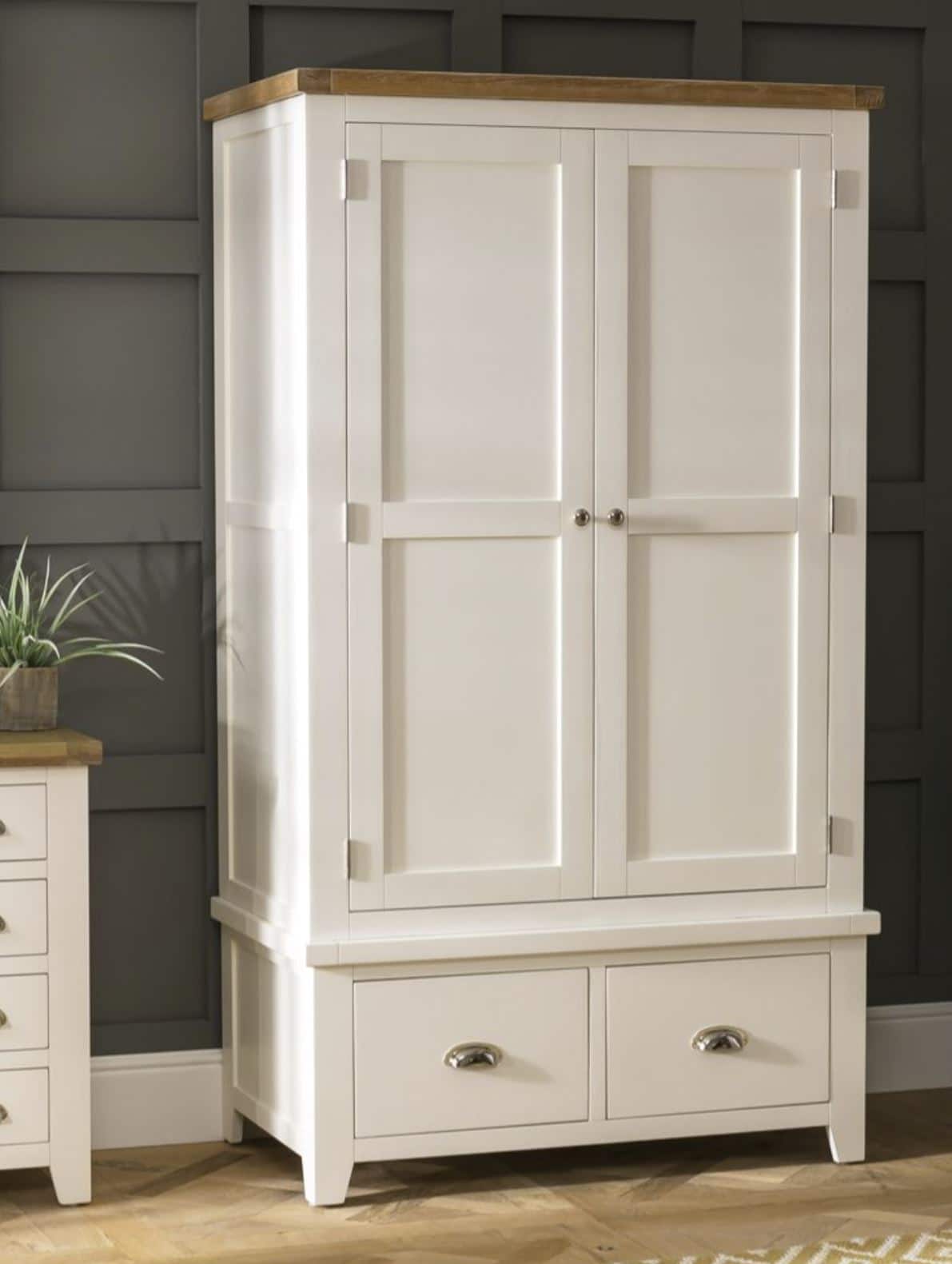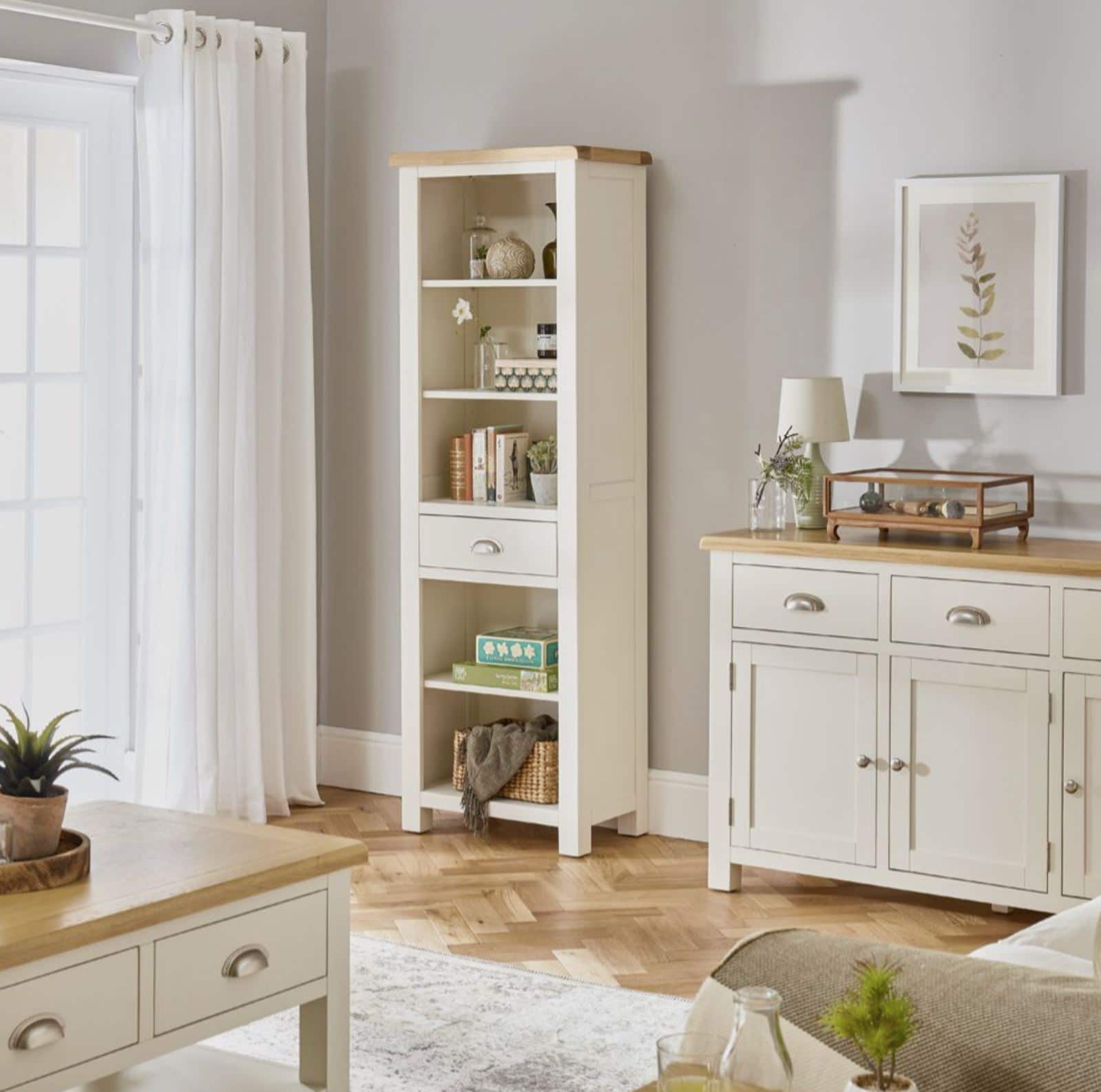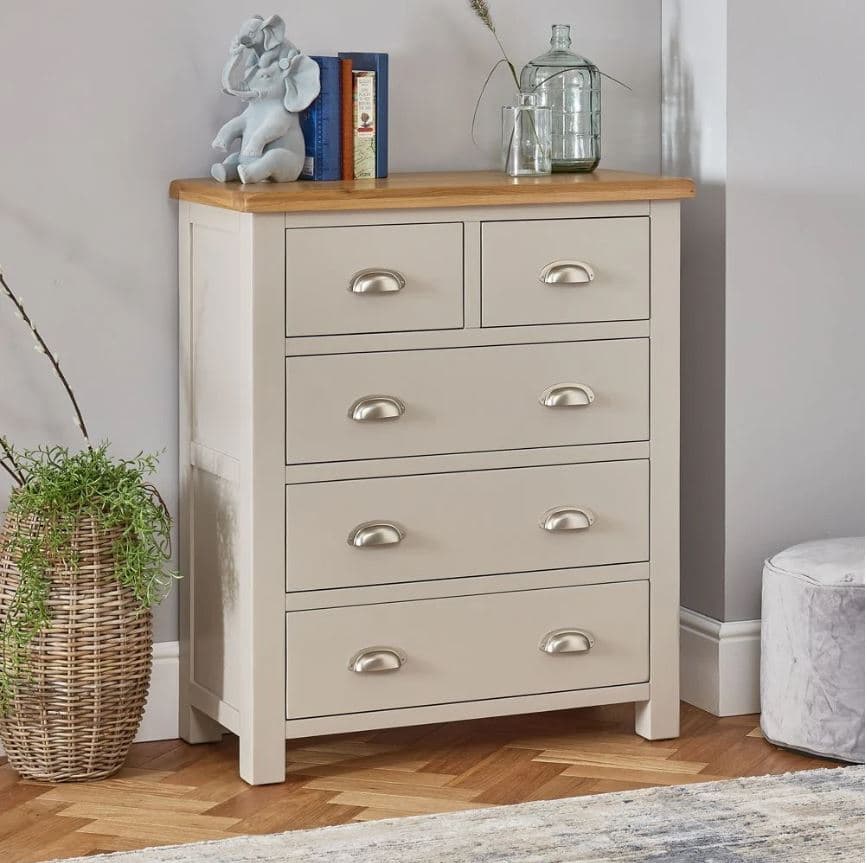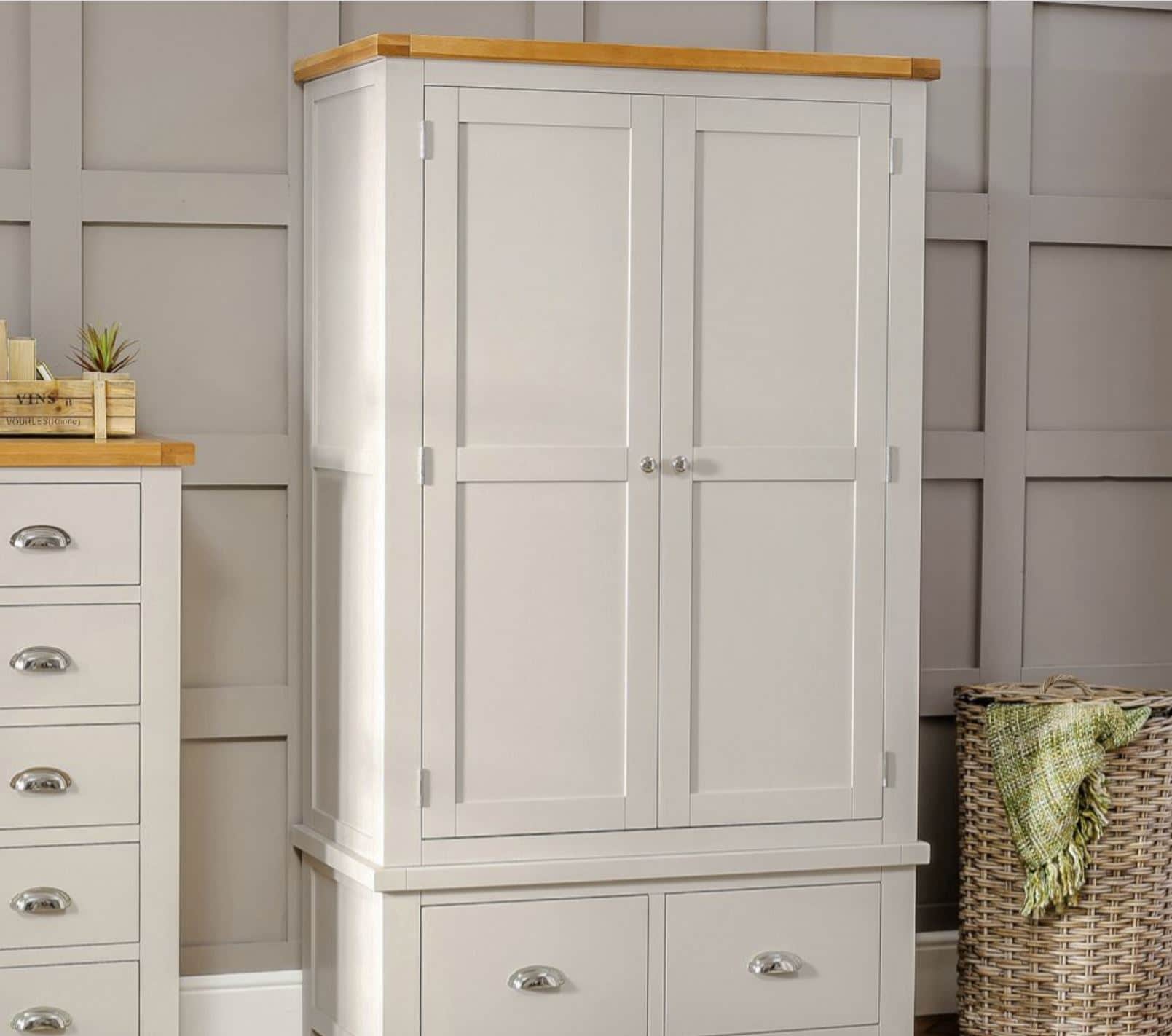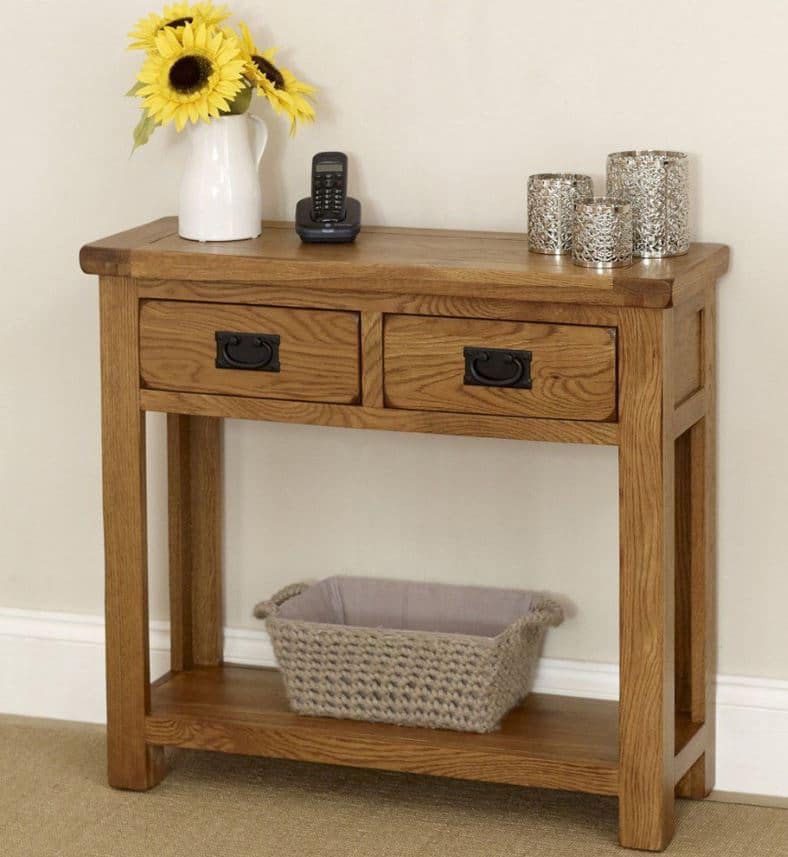How To Create An Arts And Crafts Interior
- By Alicia Newman
- Interior Design Ideas
- views
The Arts and Crafts Movement began in Britain around 1880 and became one of the most influential interior design styles of modern times. After the effects of the industrial revolution in Great Britain people began to be concerned that traditional skills and craftsmanship would be lost in place of machinery and mass produced products. The movement believed that the home should be a work of art, or as William Morris so eloquently put it “Have nothing in your house that you do not know to be useful, or believe to be beautiful”.
While some of the interior design styles of the Arts and Crafts period may be visually different, they are united by the ideals that homes and interiors should be a place of high quality appeal and design.
Patterns and Prints
The founding member of the movement; William Morris, created a sumptuous range of textiles and wallpaper encapsulating all the stylistic features that we now associate with Arts and Crafts designs. Large and stylised flowers and fruits often appeared in his wallpaper designs as well as allegories from the Bible and classic literature. His fabrics showcase the elegance of natural materials and the natural world and celebrated a simple and meaningful form of handmade art that directly opposed the principles of the industrial revolution. These bold floral prints have made a massive comeback over the past year and are readily available on the high street and at local fabric shops.
Stained Glass
Nature based imagery was also carried through into other areas of Morris's work such as his famous and well renowned stained glass windows that can be seen in many important churches and buildings throughout the world including Malmesbury Abbey in Wiltshire, England and the Trinity Church in Boston, USA. His floral motifs and biblical imagery obviously played a huge role in his church designs but many of his windows also featured upside down hearts, mythological figures and Celtic motifs that hark back to the Gothic revival and Medieval influences. Many window companies stock Morris inspired window designs and they look particularly wonderful in a conservatory or hallway setting.
Pottery
As with all other aspects of the Arts and Crafts movement, pottery was crafted using simple forms and featured very little ornamentation. William de Morgan was a huge name in pottery design during this period and his designs and prints were similar and complementary to those of William Morris. Large repeat patterned flowers and oriental inspired imagery such as palm leafs created a soft and feminine decadence and were all hand painted and crafted on traditional potters wheels. Greens, oriental blues and red colours were popular choices and replicas of his designs are still made by some of the pottery companies today.
Accessories
Arts and Crafts accessories were usually made from handcrafted copper and pewter and often featured a hammered surface finish for a more rustic 'unfinished' look. Lamps were crafted using stained glass designs that reflected Morris's larger styles and designs. Trees and floral patterns worked extremely well as well as oriental inspired willow patterns and colours. Theses lamps were crafted to be sculptures and pieces of artwork that were not only functional but visually stunning. Lamps such as these can still be picked up in auctions and antique shops but you can also find Arts and Crafts inspired lamps in high street stores although they may lack some of the finer details of the original designs.
Furniture
Furniture during this period was crafted from high quality wood (usually oak) and was designed to ensure that its style would show of the handmade finish of the item. Carved furniture items ranged from chairs to cabinets and almost always featured either simple slatted designs or cut-outs of upside down hearts. Chairs and seating featured leather or rush seating areas and were a simple yet rich interior addition. One of the most famous pieces of this period is the William Morris chair that is one of the most recognisable pieces of Arts and Crafts furniture. Its design featured a slatted back and often slatted side design with a leather covered seating pad for a warm and cosy seating space that showcased the pure and natural designs of the movement. Original Morris chairs and furniture can be picked up at auction (although be prepared for a hefty price tag) or opt for modern day replicas like our Rustic oak slatted double bed that may not be handmade but still embrace the simplicity of style of Morris's early pieces
For all original photography and more Arts and Crafts interiors inspiration take a look at our latest Pinterest board - Pinterest - Arts and Crafts



